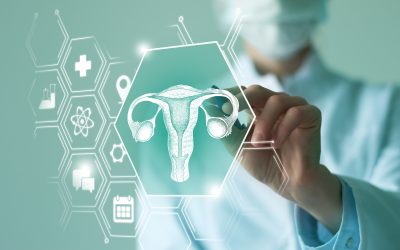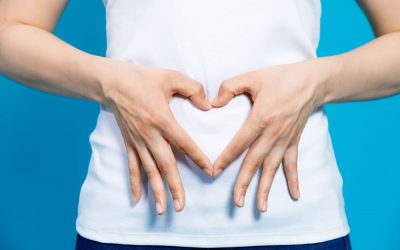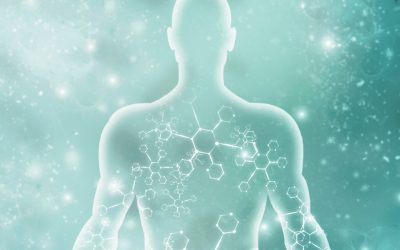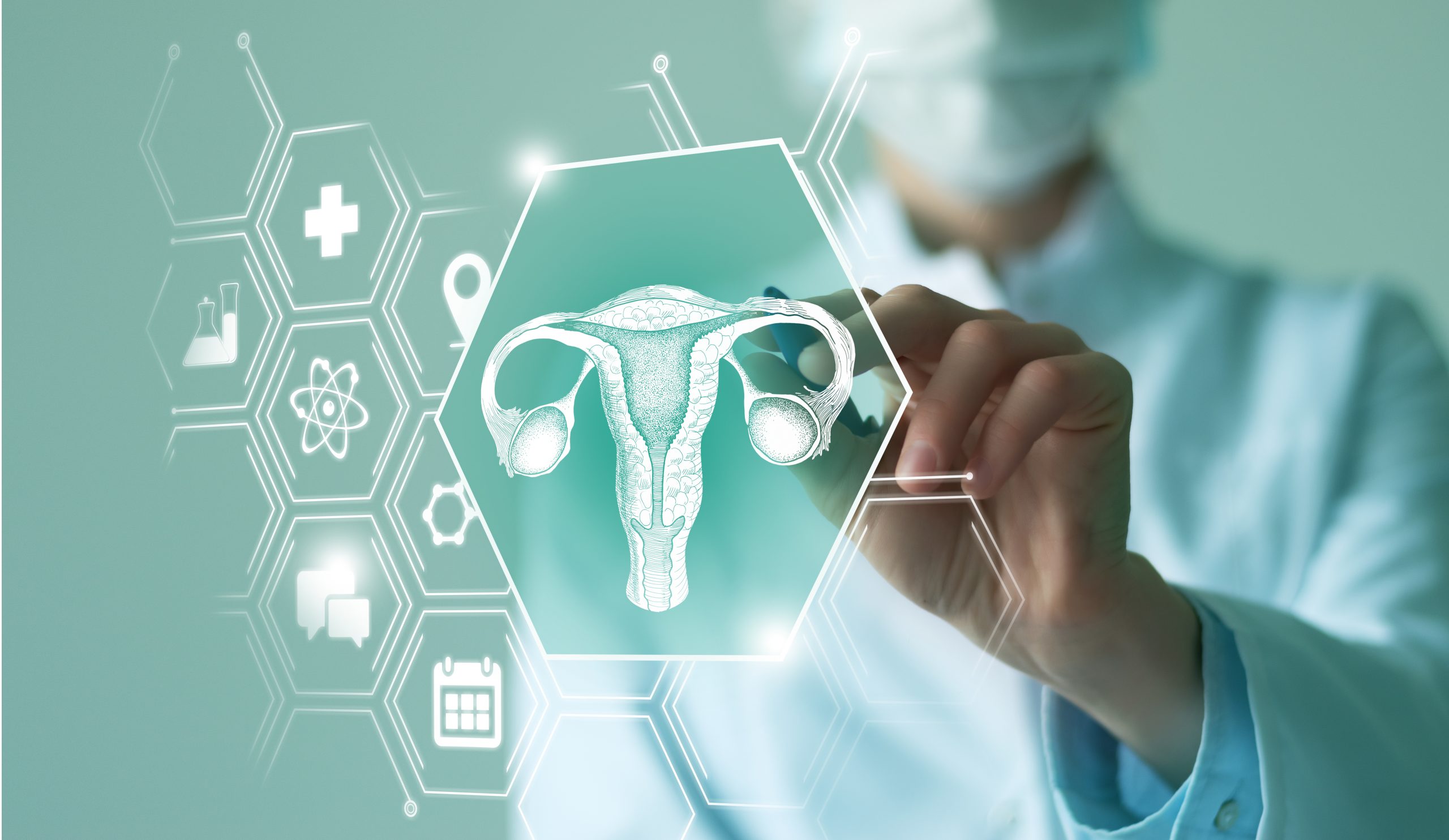
Long ignored or downplayed, endometriosis is a disease that affects around 1 in 10 women. Behind the word lies pain that is often invisible, frequent medical wandering and a major impact on quality of life, both physical and emotional.
Today, this disease is attracting renewed interest, both from the medical side and from complementary approaches. While the precise causes of this pathology are still poorly understood, it is now accepted that it results from a multifactorial imbalance, in which lifestyle plays a central role.
Naturopathy, as a holistic support method, offers natural tools to relieve symptoms, support the body and regain a better balance in everyday life. This is what we’d like you to discover in this 3-part dossier. But before exploring these approaches, it is essential to understand what endometriosis really is, and what the causes might be.
What is endometriosis?
Endometriosis is a chronic inflammatory disease in which cells similar to those in the lining of the uterus (the endometrium) develop outside the uterus. This ‘ectopic’ tissue can attach itself to various organs, mainly in the pelvic region: ovaries, fallopian tubes, uterine ligaments, bladder, intestines, and sometimes even further afield, such as the diaphragm or lungs in rare cases.
Under the influence of the hormonal cycle, these cells react like the endometrium: they thicken, bleed, but cannot be evacuated naturally by the body. This leads to inflammatory reactions, lesions, the formation of cysts or adhesions, responsible for pain and various disorders.
There are several forms of endometriosis:
– Superficial endometriosis, with shallow lesions, often spread throughout the peritoneum.
– Ovarian endometriosis, characterised by cysts on the ovaries, known as endometriomas.
– Deep endometriosis, with lesions that infiltrate deeper into the tissues, particularly the ligaments or neighbouring organs.
Endometriosis VS Adenomyosis
Endometriosis and adenomyosis are two different conditions, although they share certain similarities.
In endometriosis, endometrial-like tissue develops outside the uterus, whereas in adenomyosis it infiltrates the uterine muscle.
Adenomyosis is asymptomatic in two out of three women. When there are symptoms, it can cause very heavy periods, bleeding outside the period, menstrual pain and a change in the size and appearance of the uterus.
Adenomyosis and endometriosis can coexist in the same woman, complicating the diagnosis.
What are the symptoms of endometriosis?
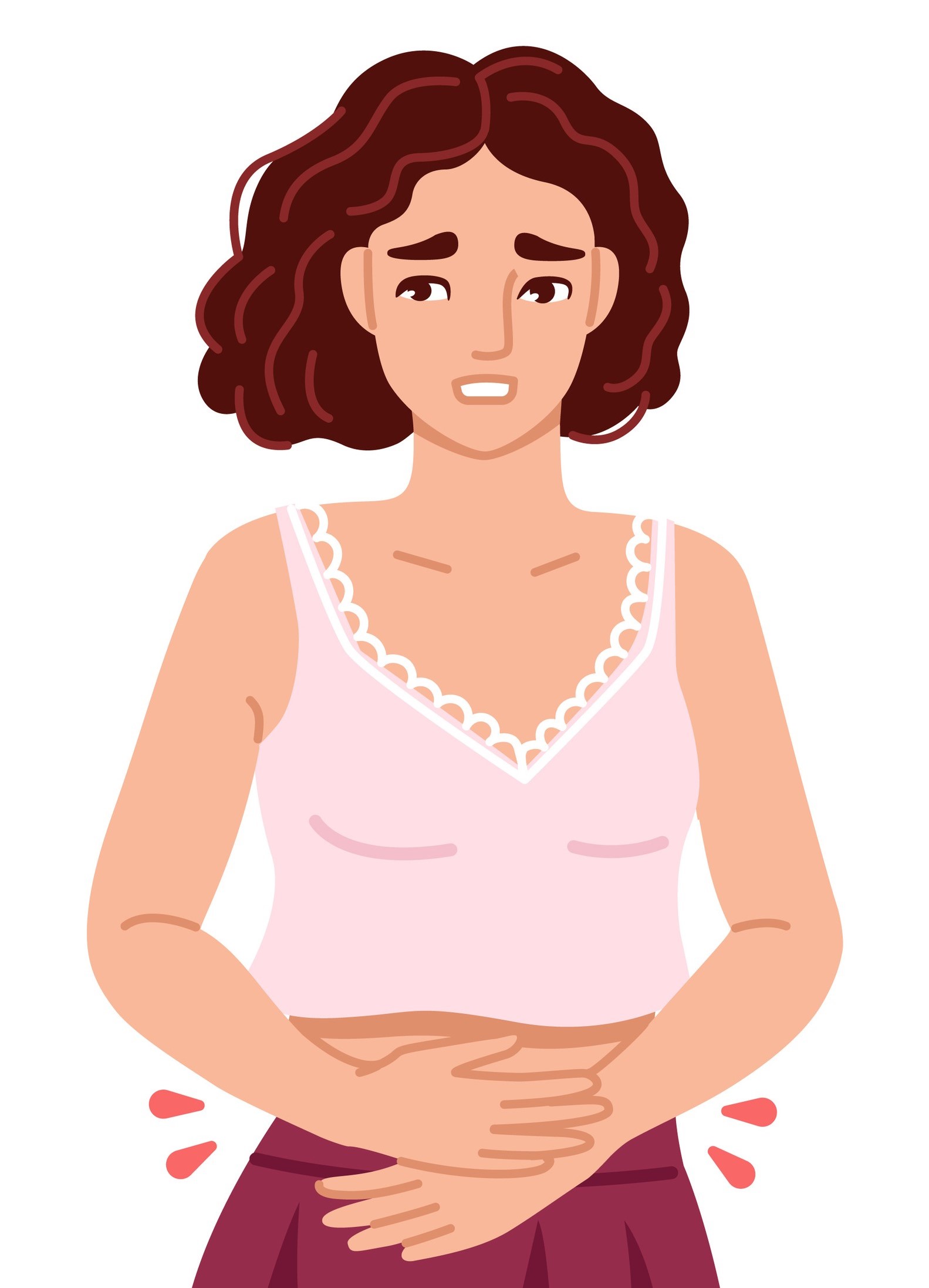
Symptoms vary from woman to woman, but the most common are :
– intense menstrual pain (dysmenorrhoea),
– pain during sexual intercourse (dyspareunia),
– digestive problems (bloating, intestinal pain, diarrhoea, constipation),
– chronic fatigue,
– urinary or defecation pain,
– back pain,
– difficulty conceiving (infertility).
However, some women can be affected without experiencing any symptoms.
Given the variety of symptoms, diagnosis can be long and difficult, sometimes taking several years of medical wandering.
What could be the causes of endometriosis?
To this day, endometriosis remains a complex disease whose exact origins have not been fully elucidated. Scientific research is progressing, but no single cause has yet been clearly identified. Instead, it seems that a combination of factors contributes to its development.
Here are the main avenues currently being explored:
1. Hormonal imbalance, particularly oestrogen
Endometriosis is a so-called ‘oestrogen-dependent’ disease, which means that its progression is stimulated by oestrogen, the main female hormone. Excessive production, failure to eliminate or hypersensitivity to these hormones may encourage the implantation and proliferation of endometrial tissue outside the uterus. An imbalance between oestrogen and progesterone is often observed in affected women.
2. A disturbed inflammatory and immune system
The immune system plays an essential role in managing abnormal cells. In some women, the body is unable to correctly eliminate endometrial cells located outside the uterus, allowing them to implant. In addition, chronic inflammation of the pelvic tissue is frequently observed, creating an environment conducive to pain and the formation of adhesions.
3. Genetic and epigenetic predisposition
Endometriosis appears to be more common in women with a family history of the disease (mother, sister…). This suggests a possible genetic component, but also epigenetic influences, i.e. changes in gene expression linked to environmental or lifestyle factors.
4. The impact of endocrine disruptors
A growing body of research suggests that exposure to certain chemical substances in our environment – such as phthalates, dioxins and bisphenol A – could upset the hormonal balance and encourage the development of endometriosis. These molecules, known as endocrine disruptors, can act even in very small doses, particularly when absorbed chronically (via food, cosmetics or plastics).
Endometriosis cannot therefore be reduced to a single cause. It is probably the result of a complex interaction between hormonal, immune, environmental and emotional factors. This multifactorial approach is all the more important in a holistic approach to care, such as that offered by naturopathy, which takes account of the individual as a whole.
In the second part, we will look at the naturopathic approach to treating endometriosis and the importance of a healthy lifestyle in restoring balance.

